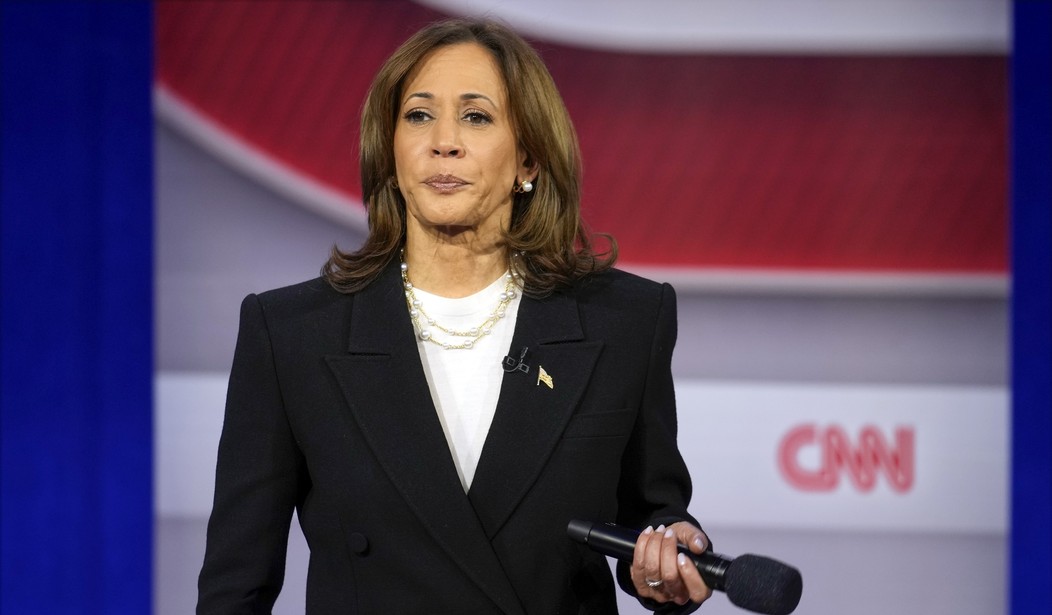You can tell both campaigns are thinking Pennsylvania could be the deciding state in this race because both of them are spending part or all of the last day before the election campaigning there.
Kamala Harris will spend all of Monday in Pennsylvania, whose 19 electoral votes offer the largest prize among the states expected to determine the Electoral College outcome. The vice president and Democratic nominee will visit working-class areas including Scranton, Reading, Allentown, Pittsburgh and end with a late-night Philadelphia rally that includes Lady Gaga and Oprah Winfrey...
Donald Trump plans four rallies in three states, beginning in Raleigh, North Carolina and stopping twice in Pennsylvania with events in Reading and Pittsburgh. The Republican nominee and former president ends his campaign the way he ended the first two, with a late Monday night event in Grand Rapids, Michigan.
For Harris, Pennsylvania is looking like a must win state. Unless there is an upset in Arizona or Georgia or North Carolina, the blue wall is probably her path to victory. So what is the state of the race? According to the final polls of PA, it's a tie.
A new USA Today/Suffolk University poll has Harris and Trump tied with 49 percent of the vote each. The poll was conducted from October 27 to 30, surveyed 500 likely Pennsylvania voters and has a margin of error of 4.4 percentage points.
Friday's poll had Trump slightly leading Harris in Northampton County (50 to 48 percent). However, the two candidates are tied with 48 percent each in another Pennsylvania bellwether, Erie County. The polls surveyed 300 likely voters in each county. The polls' results fall within their margin of error of 5.65 percentage points.
So it's probably very close, but there might be a slight bit of momentum for Trump over the past month. The NY Times has a story up today headlined, "In Pennsylvania, Republicans Stress Optimism While Democrats Just Stress." Both sides are claiming they have an enthusiasm gap but is that confidence or over-confidence?
With the state tied according to polls, Republicans say the winner will be determined by enthusiasm, an edge they say Mr. Trump has. Democrats, who insist they are plenty motivated, say Ms. Harris will bring it home on grit and ground game.
“This is just sweat equity now,” said Michelle Milan McFall, chairwoman of the Democratic Party of Westmoreland County, a redoubt of Trumpism in Western Pennsylvania where, nonetheless, Democrats are mounting an all-out effort to cut into the former president’s margins.
The final New York Times/Siena College poll published Sunday found Pennsylvania knotted at 48 percent of the vote for Ms. Harris and Mr. Trump. But beneath that tie were trends to buoy both sides. Just about 20 percent of Pennsylvania voters have already cast their ballots, far lower than other swing states, where close to half have.
The vice president is winning those early votes by a vast margin, 65 percent to 31 percent. But Mr. Trump is narrowly ahead among the 56 percent of the state who say they are almost certain to vote but haven’t, 50 percent to 47 percent. He is far ahead among the remaining quarter of voters who are less certain they will bother.
One metric that might show a critical advantage for Trump is the gains he seems to be making among Latino voters in the state.
It’s hard to know how Latinos in Pennsylvania will vote in 2024; few pollsters have looked at Latinos in the state. But a recent, rare poll of Latinos in Pennsylvania from Equis Research found that Harris leads Trump 55-36 in the state. That result looks good for Harris, but the Equis analysis has Harris polling a few points behind Biden’s already lackluster 2020 results with Latinos. In an election that could easily come down to thousands of votes in Pennsylvania, Trump doesn’t need to win a majority of Latinos — he just needs to shrink Democrats’ margin of victory. Every Latino vote Trump manages to win in places like Reading brings him closer to winning the state, and with it the White House...
There’s a town-and-country story to tell in Reading: In 2020, the predominantly white periphery of the county voted heavily for Trump, while the Latino city proper went overwhelmingly for Biden. On an election map, the city looks like a blue dot in the center of a red donut. Overall, Berks County went for Trump with 53.4 percent of the vote over Biden’s 45.2 percent. But here’s where it gets interesting: When you look at how individual precincts changed their voting patterns compared to 2016, you suddenly get a photo-negative of Berks County. The surrounding suburbs all got bluer, shifting toward Biden (some by double digits), while the Latino inner city shifted toward Trump. This year, both campaigns are back pushing their advantages: Harris, campaigning with anti-Trump conservatives like Liz Cheney, is making a play for tony suburbs that once voted Republican; Trump, meanwhile, is making a play for Latinos.
Cepeda-Freytiz, for her part, said that Latinos in Reading are still winnable — there could have been more votes here, if Democrats had been willing to fight for them.
Trump probably has more voters than Harris in PA, but he's going to have to get them to the polls for it to matter. If ten thousand GOP voters decide to stay home tomorrow because they're confident Trump already has the victory in hand, that could be the difference between a win and a loss.







Join the conversation as a VIP Member